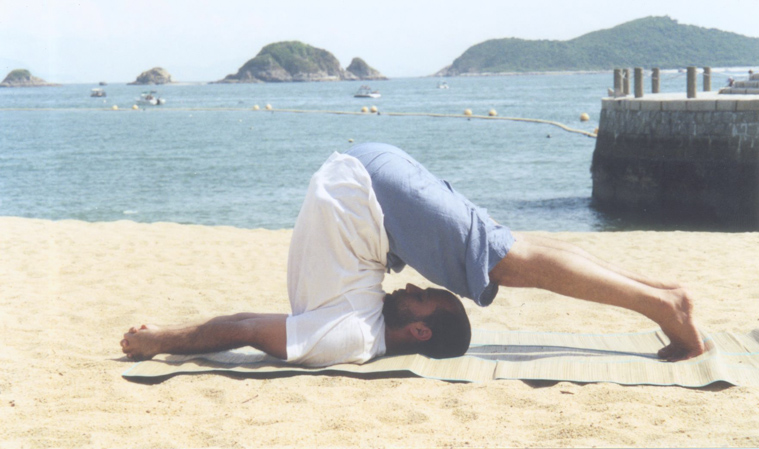Yoga has become increasingly popular all over the world amongst people from all age groups. But what is Yoga actually all about? It is easy to forget that Yoga is an ancient science of Self- Mastery because the west turned it into a fitness practice exclusively aimed at toning the body. However, Yoga is about so much more than just asana (poses) and this limited approach to yoga is of little value on a deeper level. In this article we are focusing on the importance of performing Pranayama exercises and how we can incorporate the teachings into our yoga practices.
What does Pranayama mean?
Pranayama is a Sanskrit word meaning “extension of the prana”. Prana means life force and in yogic tradition the doorway to the prana is our breath. In order to refine our nervous system and broaden our perception we need access to this energy in our body. Regular practice of controlling the breath is the entry point to get to this deeper level of our infinite potential.

How is Pranayama practiced and what are some examples of exercises?
There are numerous exercises connected to the breath one can choose from. The four aspects of pranayama are inhalation, exhalation, internal breath retention (pause) and external breath retention (pause). One of the most common exercises is Nadi Shodhana or alternate nostril breathing. Here, the focus is on the exhalation while the inhalation is spontaneous and many variations are available to choose from. Kapal Bhati or breath of fire is another breath exercise that promotes optimal brain health and stimulates the awakening energy. This examples of breathing exercises can be practiced seated and used randomly throughout the day or to begin an asana yoga class or meditation. While practicing classic asana, make sure you apply the Ujjayi breath, which is a diaphragmatic way of breathing and is also called the ocean breath.
What are some of the benefits of Pranayama?
Pranayama has benefits on both the physical and energetic level. When practicing, you increase the level of oxygen in your body and improve blood circulation. It works well to prevent heart related problems and can cure asthma, migraine, gastric problems and neurological problems. You can not only relieve stress, hypertension and depression but also improve the function of your reproductive organs. Active exercises energize, cleanse and release toxins while smooth ones provide deep relaxation for body and mind.

Where can I learn Pranayama exercises?
Many yoga schools have lost the full spectrum of yoga and teach only poses while some yoga teachers and gurus have taken advantage of their students and engaged in unfavorable and manipulative practices. Therefore it is important to do proper research before choosing a yoga school that meets your expectations. Rishikesh in India is the birthplace of yoga, and if you really want to dig deep this is probably a destination you should place on top of your bucket list. However, you can find holistic yoga schools in many places around the world. For example, if you are travelling Thailand you can find Pranayama classes on islands like Koh Phangan. There is also plenty of information available online – why not join an online course on Pranayama or simply watch some YouTube videos to get more familiar with the topic?
Conclusion
When practicing Pranayama you will instantly feel a difference of sensations in your body and if you incorporate it in your daily life your will definitely profit from the long term benefits of this meditative practice. Do not forget to take into account other practices of yoga if you want access to the benefits to the full potential. You may want to study the arts of Kriyas, Mantra chanting, meditation, mudras, bandhas and more to get a better glimpse into the world of yoga and live a more conscious, violent-free, healthy and fulfilling life.















